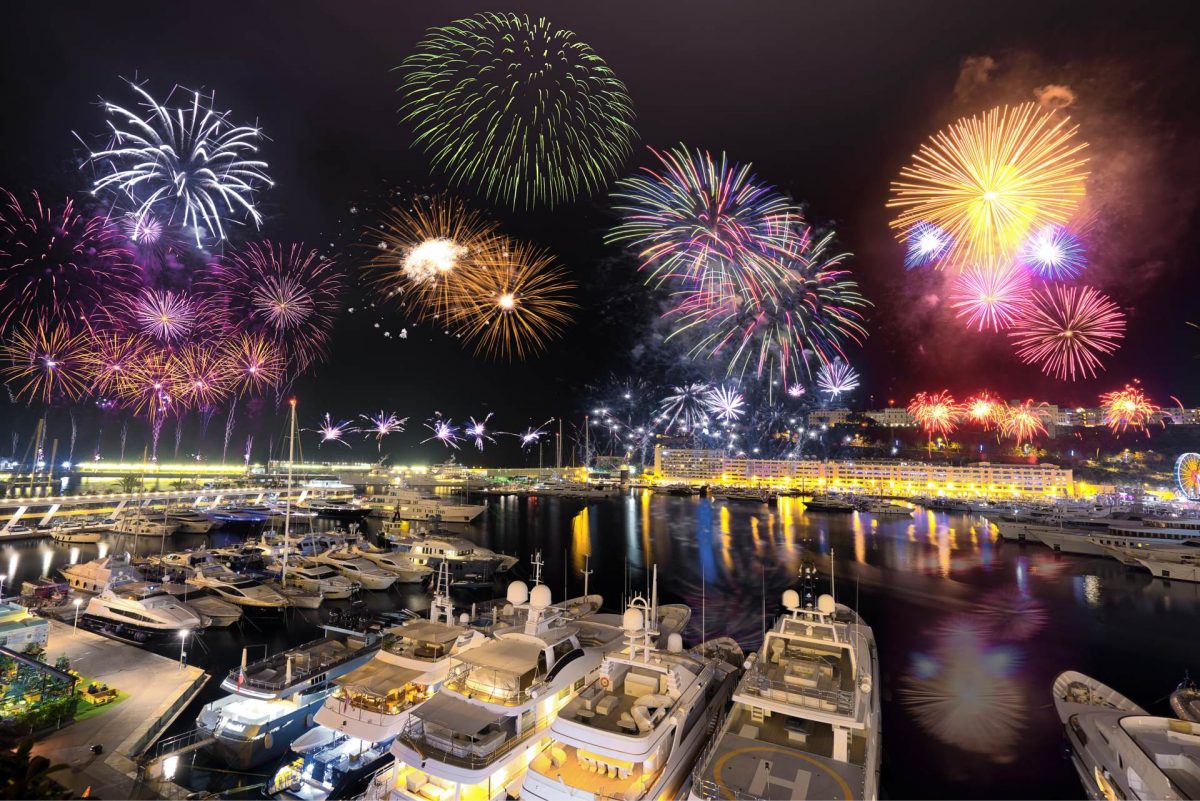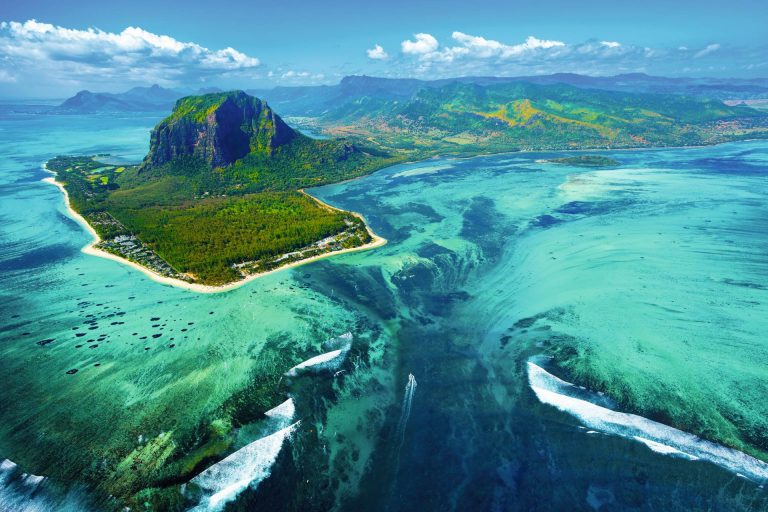The Grand Prix will return to Monaco from May 25 to May 28. Hurry and check it out; it’s entirely possible that in a few years, the royal race will be no more.
There was suspense up until the day the 2023 Formula One schedule was released: would Monaco, a race that has been an integral part of it since the championship’s inception, return? The Principality’s contract with F1’s new American owners from the Liberty Media Corporation expired at the end of 2022; despite the Monte Carlo Grand Prix’s prestige, their policy regarding the championship’s future was very different from that of the previous boss, Bernie Ecclestone. His life’s project had been accruing debt in recent years; now the new owners have set the goal of making the races profitable again. A course was taken to increase the event’s geographic scope, audience, and media coverage, or, to put it another way, to democratize it. Monaco was where the term “royal race” was first applied to the entire F1 in 1950; it did not appear to fit into the new plans because of its compactness, elitism, and general penchant for luxury. Prince Albert II himself had to get involved in the negotiations to save the venerable Grand Prix. Now we can all rejoice: Monte Carlo will continue to host Formula 1 races until at least 2025.

This implies you can return to the tiny principality this spring to hear the roaring engines, watch the vehicles race through a maze of winding streets, and take pleasure in the lavish parties that have given the race such a prestigious fleur. In contrast to other stages, where the rules require a three-day weekend from Friday to Sunday, with free practice, qualification (in which racers drive one lap to determine their positions on the starting grid), and the actual race, Monaco’s Grand Prix has its own distinct schedule. Thursdays are designated as open practice days, while Fridays are reserved for social gatherings. These opulent events are held not only in hotels and mansions, but also on superyachts, moored in the port of Hercule and serving as the most prestigious viewing spots. The 3,337-meter-long Circuit de Monaco is only partially visible from the grandstands, but the view is much better from the yachts’ upper decks, since half of the track essentially skirts the marina.

This circuit is one of the most challenging for drivers even though it is the slowest in the championship, with an average speed of about 150 km/h and a top speed clocked at 296 km/h. The cars here don’t drive on a purpose-designed track with a special surface; instead, this unique race takes place on regular streets. They are fairly narrow, have lots of sharp turns and elevation changes, and are paved with regular tarmac; fans love to take pictures featuring the roads with tire marks once the race wraps up. For this race, team engineers meticulously tune their cars’ suspension for greatest downforce and traction. Of course, barriers are placed in all of the potentially hazardous areas during F1 events, and the city services weld sewer manholes shut for safety, but overtaking is still only possible here at enormous risk. This means drivers simply have no room for error at all;
all the more captivating, unpredictable, and thrilling this spectacle is to the general public, though. It should come as no surprise that Monaco is awash with the great F1 craze. Monuments to famous racers and even cars can be found on the streets, F1-themed merchandise and equipment are being sold year-round, and seats on the best balconies must be reserved well in advance. A generous serving of the Monaco Grand Prix 2023 adrenaline cocktail will be waiting for you if you find yourself on the Côte d’Azur in late May. As always, it will be unforgettable!
Photo: shutterstock


